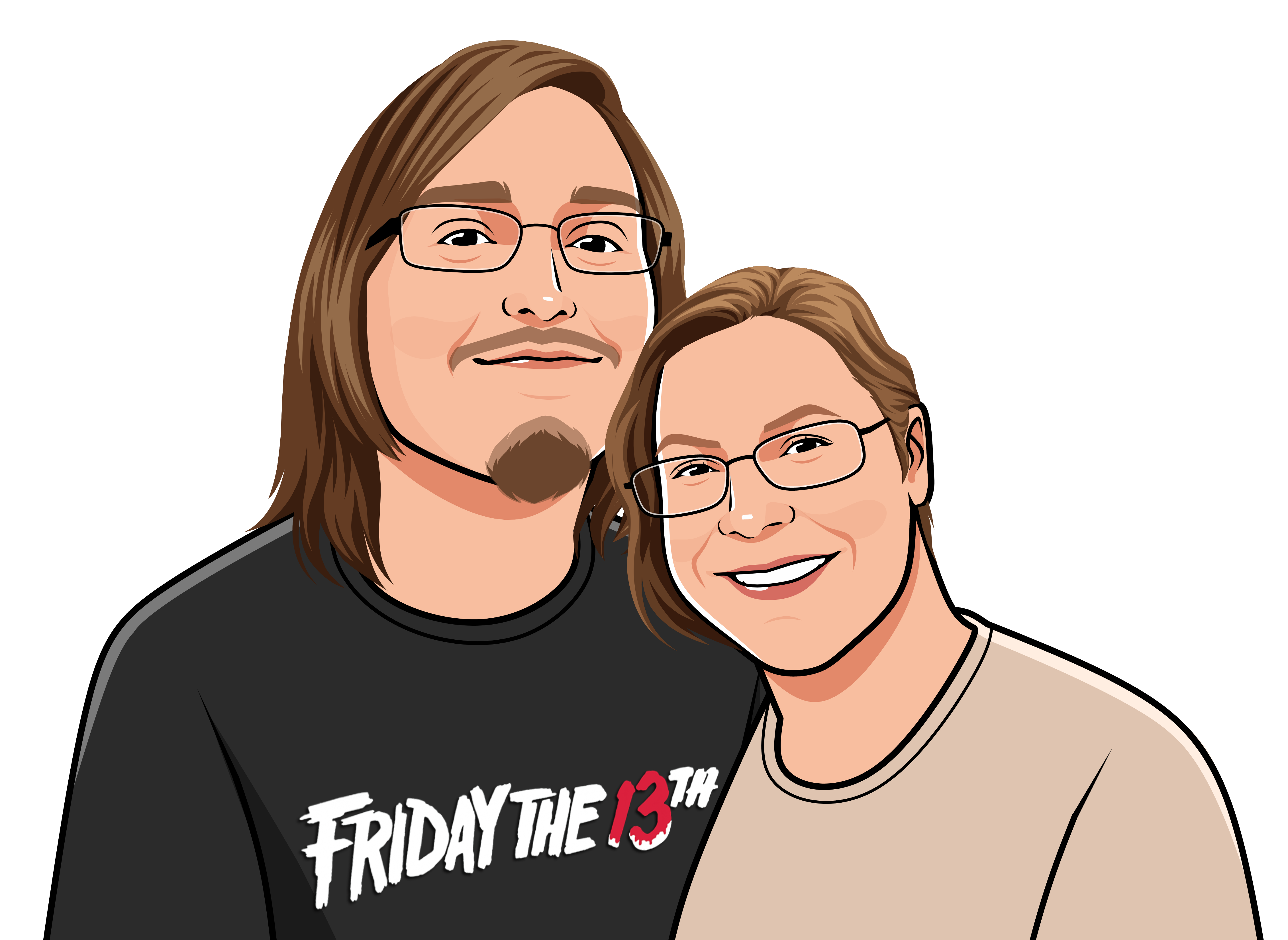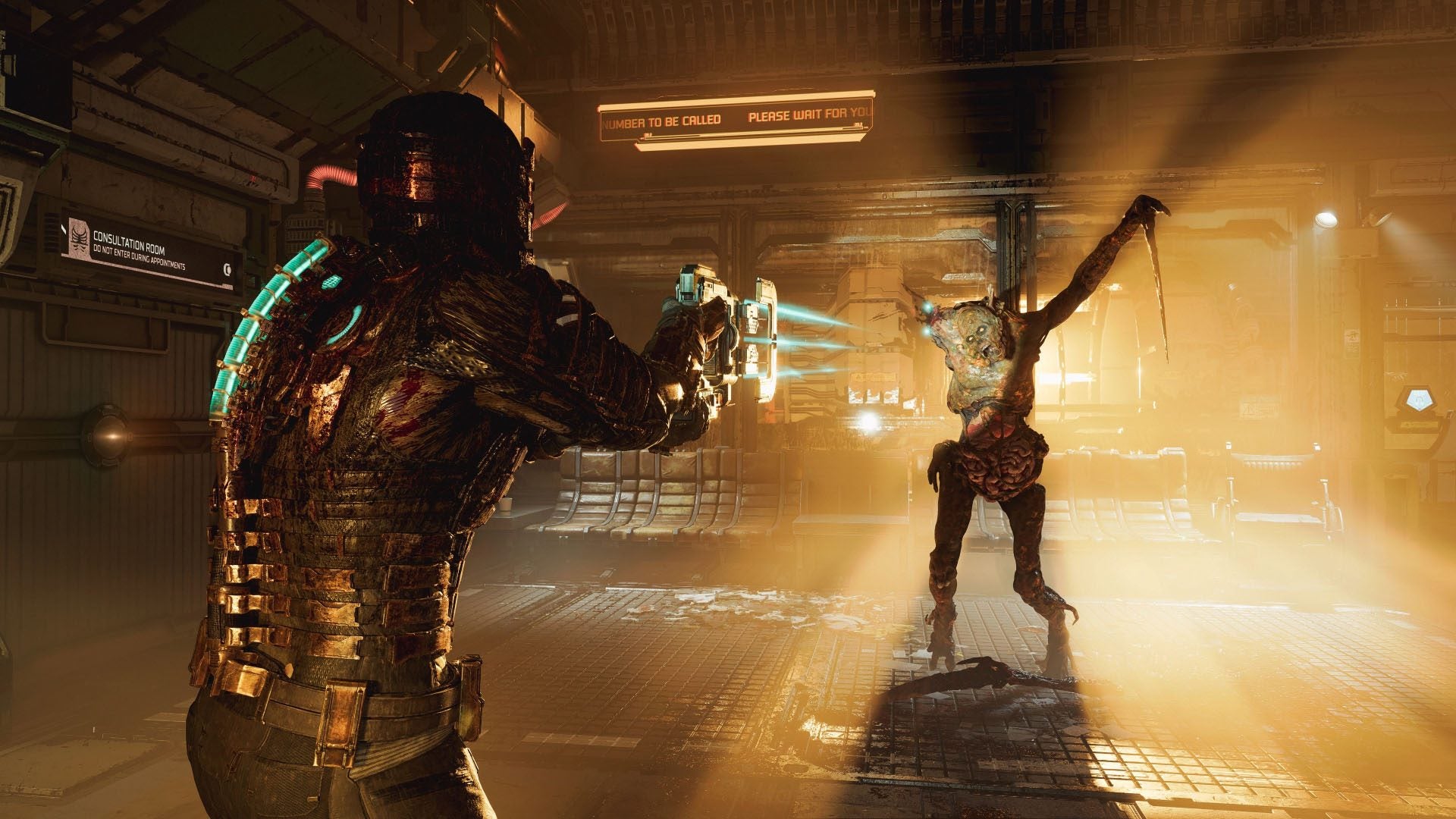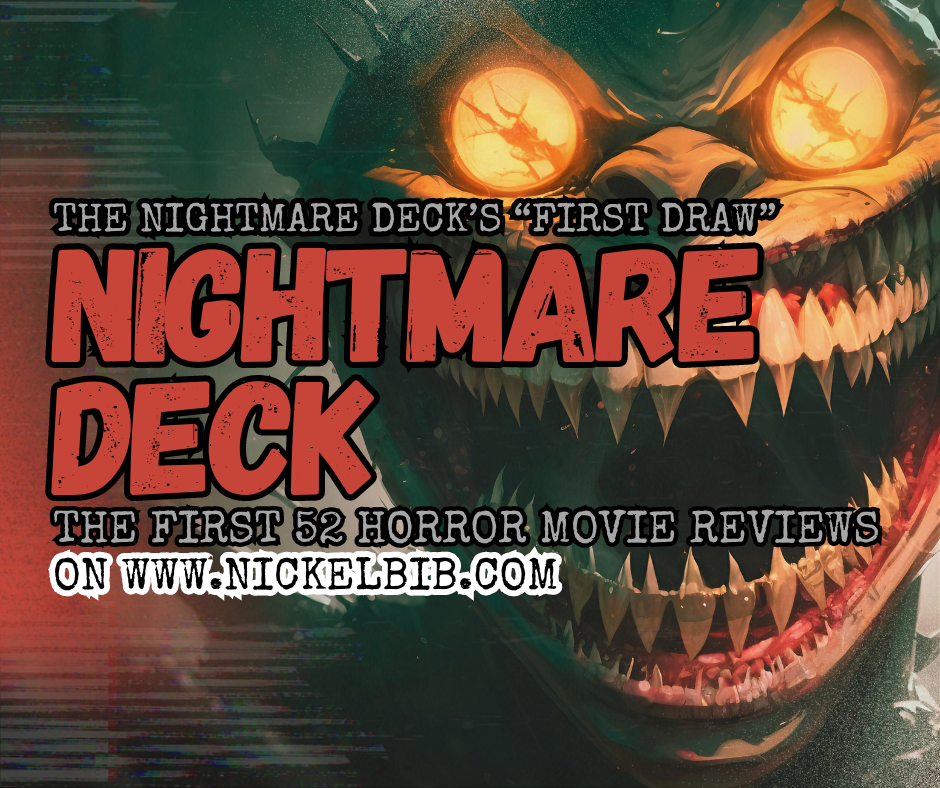In 1994, The Crow set the world ablaze in the outline of a blackbird, raking in a lot of dough and a lot of series potential. Thus, it was only natural that a sequel would be commissioned in a timely fashion. In 1996, The Crow: City of Angels was released.
The film is mostly a standalone film that can be seen without prior knowledge of the original, but it is also a sequel if you squint hard enough. The film is set a billion years after the first film, or however long it took the little girl from the original film to become the adult actress Mia Kirshner – and, uh, other than that and the basic premise, that’s really it.
In this, Ashe Corven (Corven, get it?) and his son Danny are murdered by a drug kingpin named Judah Earl. Ashe comes back, and through the guidance of Sarah and The Crow, begins to pursuit of vengeance.
I really wanted to like this film. I can’t write this review under the guise of ignorance, however. I don’t write this review after my first time watching The Crow: City of Angels. I had already seen the film. However, it had been awhile. When I last watched the film, I remembered it modestly. I didn’t love it, but I didn’t hold a lot of resentment for it either. I remembered it as a decent, unmemorable sequel to a real classic.
However, upon watching it as an adult, and as someone who likes to think he has become more skilled at articulating whether he liked or disliked something and why he felt that way, The Crow: City of Angels is a lot worse than I remembered.
The cinematography and aesthetic of this film is a real disappointment. I can almost see what they had in mind, I think. They didn’t want to copy-and-paste the visuals of the original film, and instead, they went for a more yellowish tint. Unfortunately, not only does it look very unappealing to the eye, it makes a lot of the film itself appear dated as a result. An example can be seen merely by watching the crow itself fly around the city. In the original film, it didn’t look exactly perfect, but, because of the dark-colored backdrop, it didn’t stand out as much. In this film, every shortcoming is propped up against an ugly almost-sepia color, and not only does it turn a bright light on the finer details or lack thereof, it does a disservice to the film overall.
In some ways, I believe it could be argued that the original film looked like a music video. I made a comparison to David Fincher’s Fight Club and Seven, but I also thought of the grimy music videos he directed for bands like Perfect Circle. When I say that though, I mean that in the best of ways. Shots aren’t wasted. The camerawork is inspired and stylistic. I feel the same can be applied to this film, but in the worst of ways. Everything feels sloppy and disheveled, messy and nonsensical. Unsurprisingly, this was Tim Pope‘s first and final film, but he has had a very successful career making music videos. (In his defense, Tim Pope also claims the studio hurt the finished product. This makes sense when you consider this was the studio that not only helped introduce us to Brandon Lee, but also played a not insignificant part in taking him away.)
It doesn’t help that Vincent Perez is not up to the task to replace Brandon Lee as The Crow. A lot of this isn’t his fault, however. There are certain scenes I could have imagined as cool or being straight out of the original film. In one scene at a peep show, the curtain raises, unveiling a scantily clad woman, and a paying customer watching from behind a thin layer of glass. As his time runs out and the curtain lowers, he scrambles for coins and buys more time. The curtain raises – The Crow looks back at him. It is an obvious scene, but a fun idea for certain! And yet, it doesn’t land. There’s something off about it.
Sometimes, too, scenes can feel like an impression of the original, attempting humor but falling flat, feeling out-of-character or inconsistent with the rest of the film. It took a specific method for humor to show through in the first film, it took Brandon Lee‘s charisma, and the right way of framing it all. This film doesn’t have that.
In fact, a lot of this film feels that way – off. The Crow’s face paint looks unfinished, the dynamic between Ashe and Sarah feels weird, the emotional trauma feels under cooked, and the final moments (which is admittedly a lot like the first film’s) feel corny and more than a little absurd.
All in all, The Crow: City of Angels was the last theatrical release of The Crow series and, that makes a lot of sense to me. It’s a drastically inferior sequel in every way imaginable, and where the original film flew by, this film feels like a plodding slog to sit through. I, unfortunately, do not recommend it.






GIPHY App Key not set. Please check settings